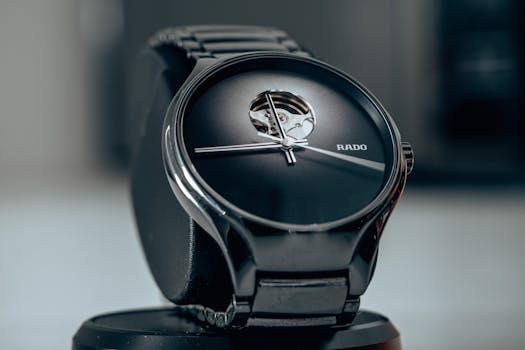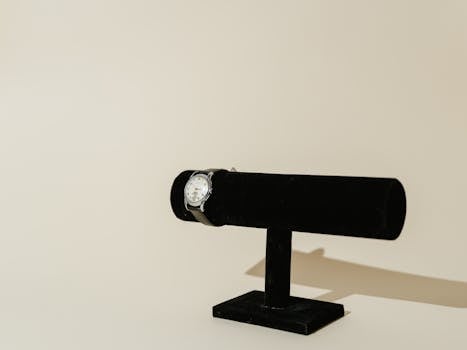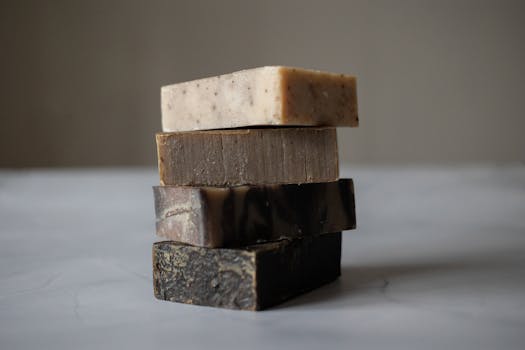Understanding Watch Complications and Their Functions
Takeaways: Watch complications are features beyond the basic function of telling time. From chronographs to perpetual calendars, these intricate mechanisms enhance a watch’s utility and beauty. Understanding these complications can help you appreciate the craftsmanship and functionality of timepieces.
Watches have long been a symbol of status and artistry, and at the heart of many luxurious timepieces lies the concept of complications. A complication is any feature in a watch that adds to its functionality beyond simply telling the time. This article aims to explore various types of watch complications, their functions, and their relevance in the world of horology.
What are Watch Complications?

Types of Watch Complications

1. Chronograph
The chronograph is one of the most popular complications and combines a stopwatch function with a standard watch. It allows the wearer to measure elapsed time, making it ideal for sports and timing events. The chronograph typically features additional sub-dials to track seconds, minutes, and hours. With a simple push of a button, users can start, stop, and reset the timing function, showcasing both functionality and precision.
2. Date Display
Date complications can range from simple date displays to more advanced perpetual calendars that account for leap years and varying month lengths. The most common type is the date window, which shows the current day of the month. More complex versions include the day, date, and month displays, providing a holistic view of the calendar.
3. Moon Phase Indicator
A moon phase complication tracks the lunar cycle, displaying the current phase of the moon. This intricate feature can be both beautiful and functional, appealing to those who enjoy stargazing or are interested in astronomy. The moon phase indicator requires careful calibration and is a testament to the watchmaker’s skill.
4. Tourbillon
The tourbillon is a highly coveted complication that was originally designed to improve accuracy by counteracting the effects of gravity on the watch’s movement. It features a rotating cage that houses the escapement and balance wheel. While primarily an aesthetic feature in modern watches, the tourbillon represents the pinnacle of horological engineering and craftsmanship.
5. Minute Repeater
The minute repeater is a sophisticated complication that chimes the time on demand. With just a push of a button, the watch will sound the hours, quarters, and minutes, providing a unique auditory experience. This complication is particularly useful in low-light situations and showcases the intricate craftsmanship involved in its creation.
6. Power Reserve Indicator
Many mechanical watches come with a power reserve indicator, which shows how much energy remains in the watch before it needs to be wound again. This feature is invaluable for mechanical watch owners, allowing them to keep their timepiece running smoothly without constant winding.
The Importance of Complications in Watchmaking

For collectors and enthusiasts, understanding the various complications can enhance appreciation for the artistry and engineering behind each timepiece. Whether you are drawn to the elegance of a moon phase indicator or the technical marvel of a tourbillon, complications offer something for everyone in the world of horology.
As you explore the vast array of watch complications, remember that each feature contributes not only to the watch’s functionality but also to its story and legacy. With their intricate designs and multifaceted purposes, complications continue to captivate watch lovers around the globe.




